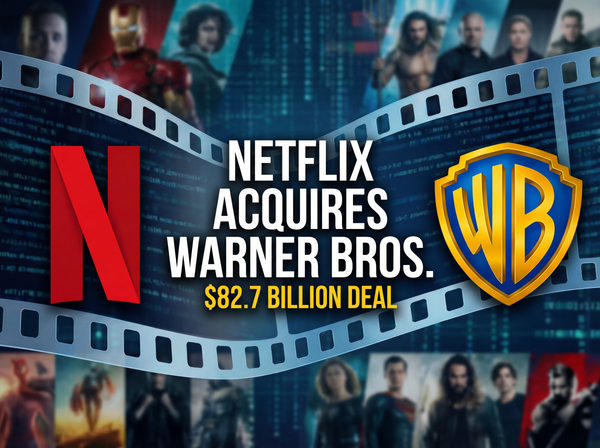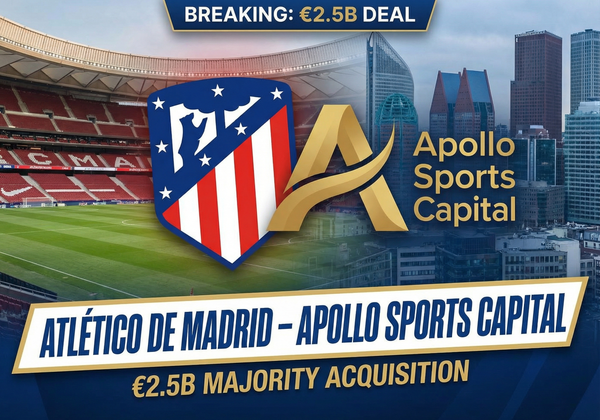Equity Carve-Outs: Corporate Restructuring
While less common to full spin-offs, another powerful strategy frequently employed is the equity carve-out. A carve-out offers a nuanced approach to realizing the potential of a specific business unit without entirely relinquishing control.
What is an Equity Carve-Out?
An equity carve-out is a transaction where a parent company sells a minority equity interest in one of its subsidiaries to outside investors through an Initial Public Offering (IPO).
Crucially, the parent company retains a majority ownership stake (typically 80% or more), thereby maintaining control over the carved-out entity.
Think of it as a partial IPO of a subsidiary. The subsidiary becomes a publicly traded company with its own stock, balance sheet, and management team, but it remains part of the parent company's consolidated financial statements.
Carve-Out vs. Spin-Off: Understanding the Key Difference
This is where the distinction often gets blurry.
- Equity Carve-Out: As discussed, the parent sells a minority stake in a subsidiary through an IPO and retains majority control. The proceeds from the IPO go to the parent company. This is primarily a capital-raising and value-discovery mechanism. Crucially, the carve-out itself is generally a taxable event for the parent company, as it's selling shares.
- Spin-Off: In a spin-off, the parent company distributes all or substantially all of its shares in a subsidiary directly to its existing shareholders on a pro-rata basis. The subsidiary becomes a completely independent, publicly traded company, and the parent no longer holds any ownership or control. Spin-offs are often designed to be tax-free to the parent company and its shareholders, making them attractive for maximizing shareholder value by separating distinct businesses.
The key takeaway: A carve-out generates cash for the parent and retains control, while a spin-off separates businesses entirely and aims for tax efficiency by distributing ownership directly to shareholders.
Why Do Companies Opt for a Carve-Out?
Companies choose equity carve-outs for several compelling strategic and financial reasons:
- Capital Infusion: The primary driver is often to raise fresh capital. The proceeds from the IPO flow directly to the parent company, which can then use these funds for debt reduction, reinvestment in its core businesses, or strategic acquisitions. Alternatively, the funds can go directly to the carved-out subsidiary to fuel its growth initiatives.
- Value Discovery: For promising but hidden assets, a carve-out allows the market to assign a pure-play valuation to the subsidiary. If a high-growth tech division is buried within a traditional industrial conglomerate, investors might not fully appreciate its value. A carve-out provides a dedicated stock price, allowing the market to value it based on its own merits and industry comparables.
- Enhanced Focus and Autonomy: The carved-out subsidiary gains its own public identity, management incentives, and capital structure. This increased autonomy can lead to more focused decision-making, greater agility, and a clearer strategic direction tailored to its specific market.
- Improved Transparency: By becoming publicly traded, the subsidiary's financials become transparent. This can attract a new class of investors specifically interested in that industry or business model, potentially broadening the investor base for the overall corporate group.
- Future Flexibility: A carve-out can be a stepping stone. It allows the parent to test the waters of independence for the subsidiary. If successful, it might pave the way for a full spin-off later (where the remaining shares are distributed to parent company shareholders) or even a complete sale.
Example: Siemens Healthineers
A prominent example of a successful equity carve-out is Siemens Healthineers. In 2018, the German industrial conglomerate Siemens AG carved out approximately 15% of its highly successful healthcare division, Siemens Healthineers, via an IPO on the Frankfurt Stock Exchange.
Why did Siemens do this?
- Value Unlocking: Siemens Healthineers, a leader in medical imaging, diagnostics, and advanced therapies, was a high-growth, high-margin business often overshadowed by Siemens' other industrial segments. The carve-out allowed the market to value Healthineers as a standalone healthcare technology company, giving it a much higher multiple than it received as part of the broader Siemens group.
- Funding for Growth: While Siemens retained majority control, the IPO raised significant capital (around €4.2 billion or $5.2 billion), which could be used to fund Healthineers' R&D and M&A activities, ensuring its competitive edge in the rapidly evolving healthcare market.
- Strategic Focus: It allowed both the core Siemens AG and Siemens Healthineers to focus more intensely on their respective strategic priorities without diluting each other's focus.
The carve-out was widely considered a success, as it demonstrated the significant value embedded within Siemens' portfolio, providing transparency and allowing Healthineers to flourish as a more independent, focused entity.
The Trade-Offs: Pros and Cons
Like any strategic maneuver, equity carve-outs come with their own set of advantages and disadvantages:
Pros:
- Direct Capital Raising: Provides immediate cash for the parent or subsidiary.
- Market Validation: Establishes a clear market value for the subsidiary.
- Increased Visibility: Attracts new investors and analysts focused on the subsidiary's sector.
- Operational Independence: Grants the subsidiary more autonomy in decision-making and capital allocation.
- Employee Incentives: Can offer stock-based compensation directly tied to the subsidiary's performance.
Cons:
- Complexity and Cost: Executing an IPO is expensive, time-consuming, and requires significant legal, regulatory, and underwriting fees.
- Public Scrutiny: The subsidiary is now subject to public market demands, quarterly reporting, and investor relations pressure.
- Potential for Conflict of Interest: While the parent retains control, minority shareholders might have different priorities, leading to potential governance conflicts.
- Partial Loss of Control/Flexibility: Though retaining majority, the parent's flexibility regarding the subsidiary's future (e.g., M&A, strategic shifts) can be somewhat constrained by minority shareholder interests.
- Ongoing Consolidation: The parent still consolidates the subsidiary's financials, meaning its performance directly impacts the parent's reported results.
- Taxable Event: Unlike many spin-offs, the sale of shares in a carve-out is generally a taxable event for the parent company.
A Strategic Tool for Value Creation
Equity carve-outs are a sophisticated tool in the M&A arsenal, offering a middle ground between full integration and complete separation.
They allow parent companies to unlock the inherent value of strong business units, raise capital, and foster strategic focus, all while retaining majority control.



